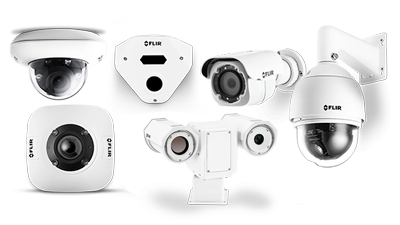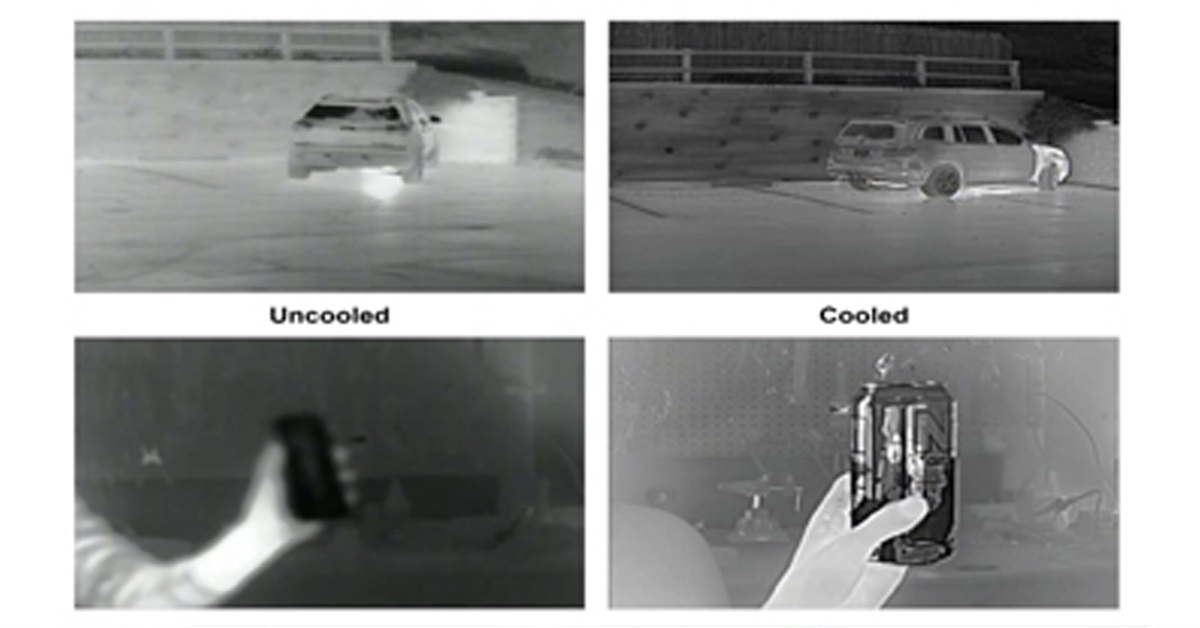
Using Thermal Imaging for Oil Spill Detection
Challenges and Solutions in Oil Spill Detection
Oil spills are an unfortunate and persistent environmental hazard, threatening marine ecosystems, coastal economies, and global trade routes. Billions of metric tons of crude oil traverse the world's oceans annually, yet spills still happen due to accidents, malfunctions, natural disasters, and illegal dumping, even with rigorous safety measures in place.
Rapid response is critical for minimizing the devastating effects of oil spills, yet one of the biggest challenges responders face is accurately detecting and visualizing spills, especially in challenging light and wave conditions. This is where thermal imaging technology, particularly longwave infrared (LWIR) - is revolutionizing oil spill detection and response.

The Urgency of 24/7 Oil Spill Response
Oil spills demand immediate and sustained cleanup efforts. The longer oil lingers in the water, the harder it is to contain and remove. Implementing continuous recovery operations is essential for reducing environmental damage and economic losses. Here’s why:
- Limits Spread and Contamination—Wind and ocean currents disperse oil quickly, making rapid response essential for preventing contamination of fragile marine environments.
- Maximizes Cleanup Efficiency – Nighttime operations ensure that containment efforts remain uninterrupted, improving cleanup success.
- Protects Marine Life – Fish, seabirds, and marine mammals are highly vulnerable to oil exposure. Around-the-clock response minimizes harm.
- Reduces Economic Impact – Coastal industries like fishing and tourism suffer when oil spills disrupt oceanic activity. Fast recovery mitigates these losses.
- Enhances Environmental Restoration – Swift action speeds up ecosystem recovery, reducing long-term degradation.
Regulatory agencies and environmental organizations stress the importance of continuous monitoring and sustained cleanup operations, ensuring no spill goes undetected - and this is where LWIR thermal imaging excels.

During the Gulf oil spill in 2010, FLIR cameras allowed response crews to work around the clock, and even recover oil in total darkness.
The Advantages of LWIR Imaging for Oil Spill Detection
Traditional oil spill detection methods rely on visible-light imaging, which struggles in low-light conditions and is often hindered by water reflections. Longwave infrared imaging overcomes these challenges, providing clear, high-contrast oil detection even in complete darkness. FLIR Marine’s research has identified three core advantages of LWIR imaging for oil spill response:
- Stable Imaging in All Lighting Conditions
LWIR technology delivers consistent oil spill detection, whether day or night, unaffected by sunlight, cloud cover, or changing illumination. - Minimal Interference from Water Reflections
Unlike visible-light imaging, which is distorted by solar glare and ocean reflections, LWIR provides a uniform, high-clarity view of spills, regardless of surface conditions. - High-Contrast Oil Film Detection
Oil spills appear distinctly darker in LWIR imagery due to differences in emissivity compared to water. This enables accurate boundary definition—a critical advantage over midwave infrared (MWIR) and visible-light imaging.
FLIR engineers validated LWIR imaging technology through extensive testing at Ohmsett, North America's largest oil spill response testing facility. The results confirmed that LWIR consistently delivers superior oil spill detection, even in the most challenging environments.
Thermal Imaging Solutions for Emergency Response
FLIR has developed a range of advanced thermal imaging systems that are already in use on thousands of emergency response vessels worldwide. Key products include:
- M364C & M400XR Marine Thermal Cameras – Equipped with LWIR detectors for high-resolution spill detection, even in rough seas and low visibility.
- Ocean Scout Pro Thermal Monocular – A lightweight, handheld LWIR device ideal for rapid-response teams conducting oil spill recovery missions.
These solutions empower responders with real-time imaging for detecting and containing spills effectively. By integrating LWIR technology into oil spill detection strategies, FLIR Marine is leading the charge in environmental protection and marine safety.
Protecting Our Oceans with FLIR Marine
FLIR remains committed to advancing thermal imaging technology in the fight against oil spills. By combining rigorous research, cutting-edge imaging solutions, and real-time detection capabilities, FLIR is ensuring that oil spills are spotted faster, cleaned up more efficiently, and prevented from causing irreversible harm to marine ecosystems.
Protecting our oceans isn't just a technological challenge—it's a global responsibility, and FLIR is at the forefront of that mission.
Blog Posts

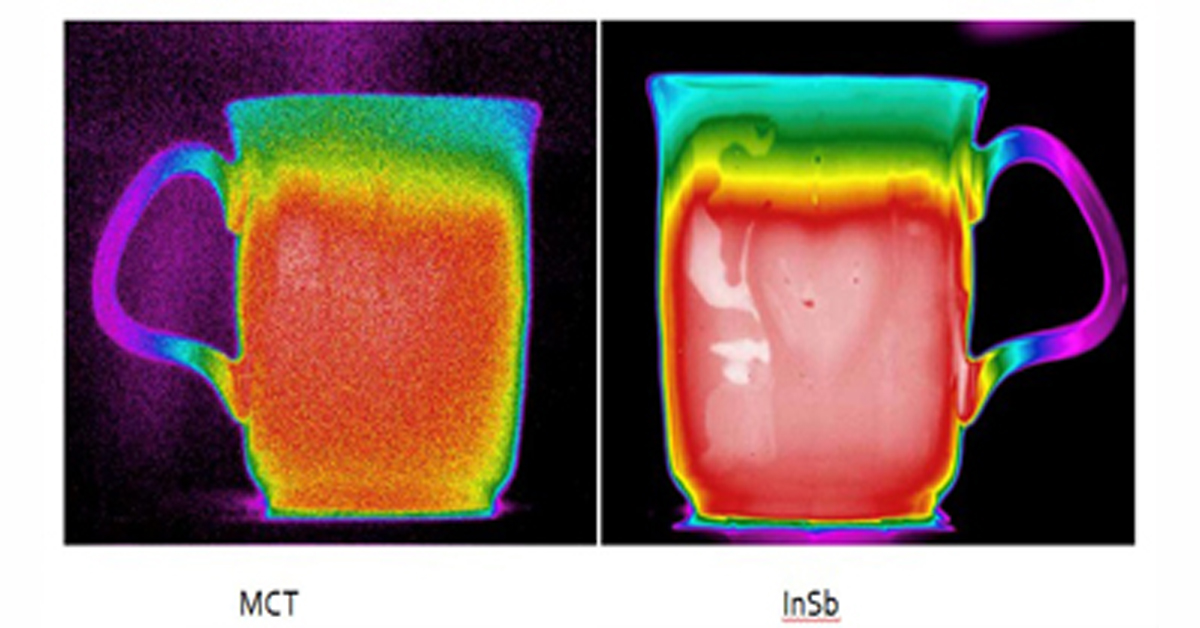
Thermal Camera Selection
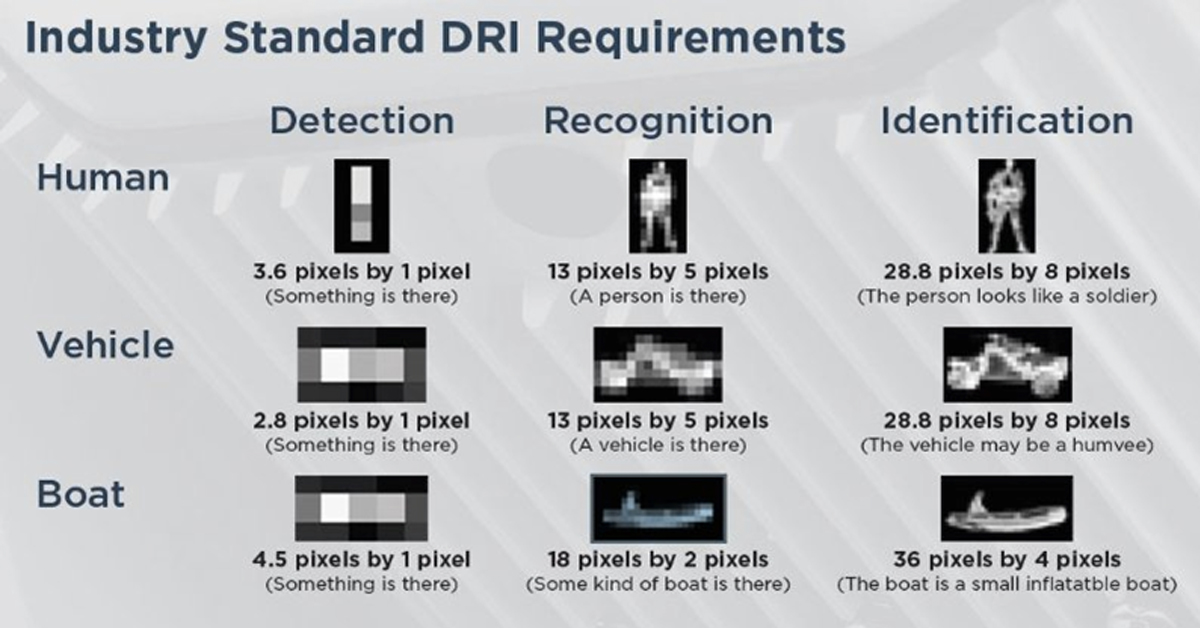
How Far Can I See?

How Should Human Temperature Be Measured?

What is Wide Dynamic Range?

MYNOISE AUDIO MIXER REVIEW

WHAT IS A WIRELESS DISTRIBUTION SYSTEM?

POE VS. POE+ VS. POE++: CHOOSING THE RIGHT INDUSTRIAL ETHERNET SWITCH FOR YOU
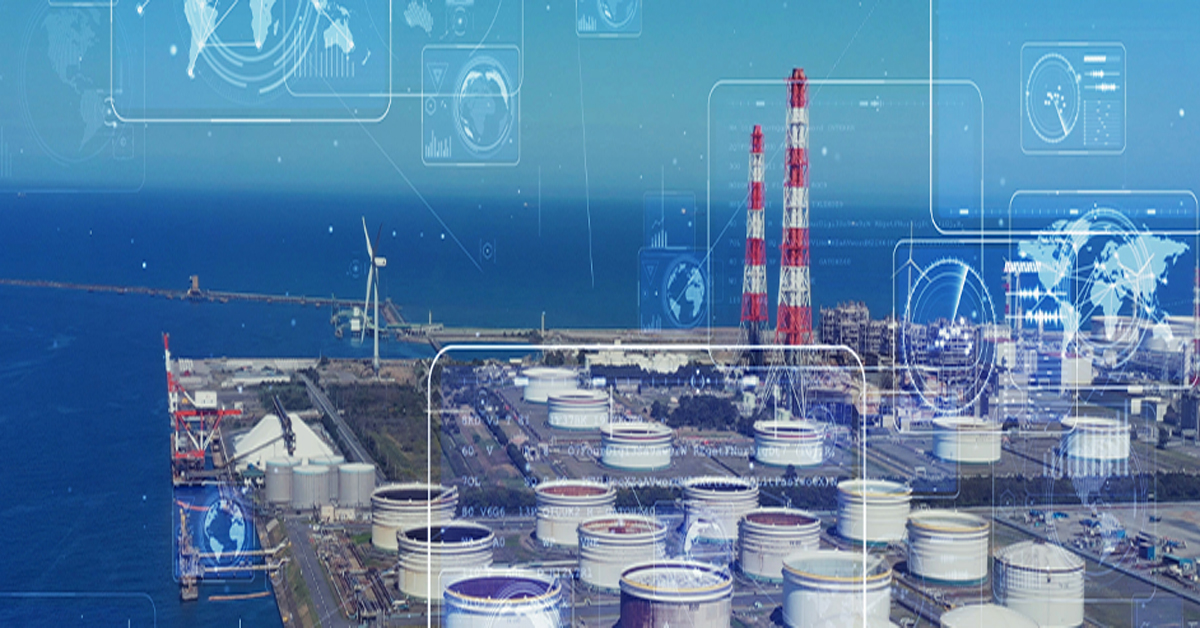
INDUSTRY-LEADING INDUSTRIAL ETHERNET SWITCHES

UNDERSTANDING WHAT THE INDUSTRIAL INTERNET OF THINGS IS
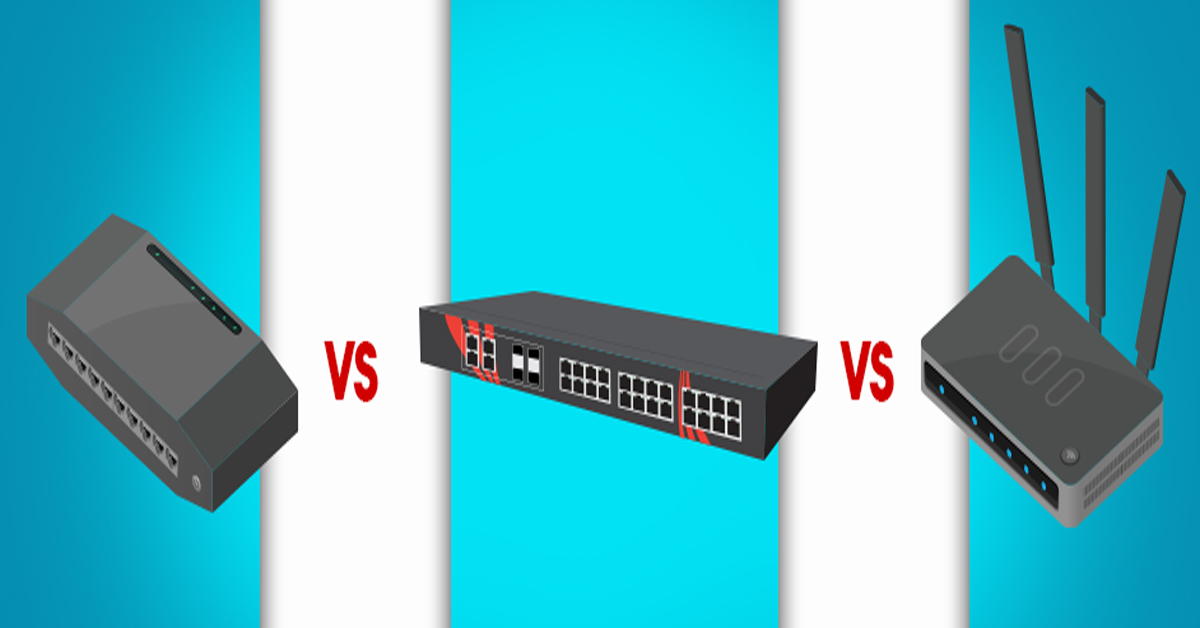
THE DIFFERENCE BETWEEN A HUB, SWITCH, & ROUTER
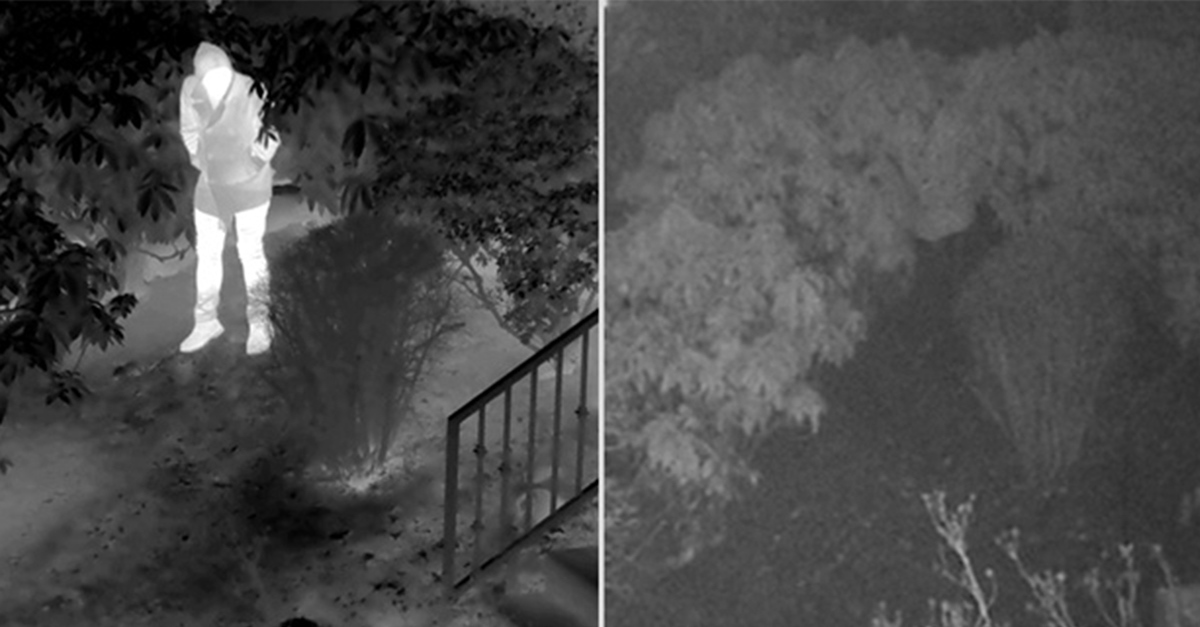
5 Benefits of Thermal Imaging Cameras

DIFFERENCE BETWEEN INDUSTRIAL ETHERNET AND REGULAR ETHERNET

INDUSTRIAL NETWORKING EQUIPMENT USED FOR AUTONOMOUS VEHICLES

CYBERSECURITY: PROTECTING INDUSTRIAL CONTROL SYSTEMS

HOW INDUSTRIAL NETWORKING CAN PROVIDE SECURITY FROM DRONES
.webp)
Thermal Cameras Reveal How to Keep Your Home Cool During a Heat Wave

FLıR ONE PRO
.png)
Unmatched Maritime Awareness with Cooled Thermal Imaging
.png)
What Is the Right Handheld Thermal Camera for You?
.png)
Camera Resolution and Range
.png)
Special Applications for Marine Cameras
.png)
What’s The Difference between Thermal Imaging and Night Vision?
.png)
Can Thermal Imaging See Through Fog and Rain?
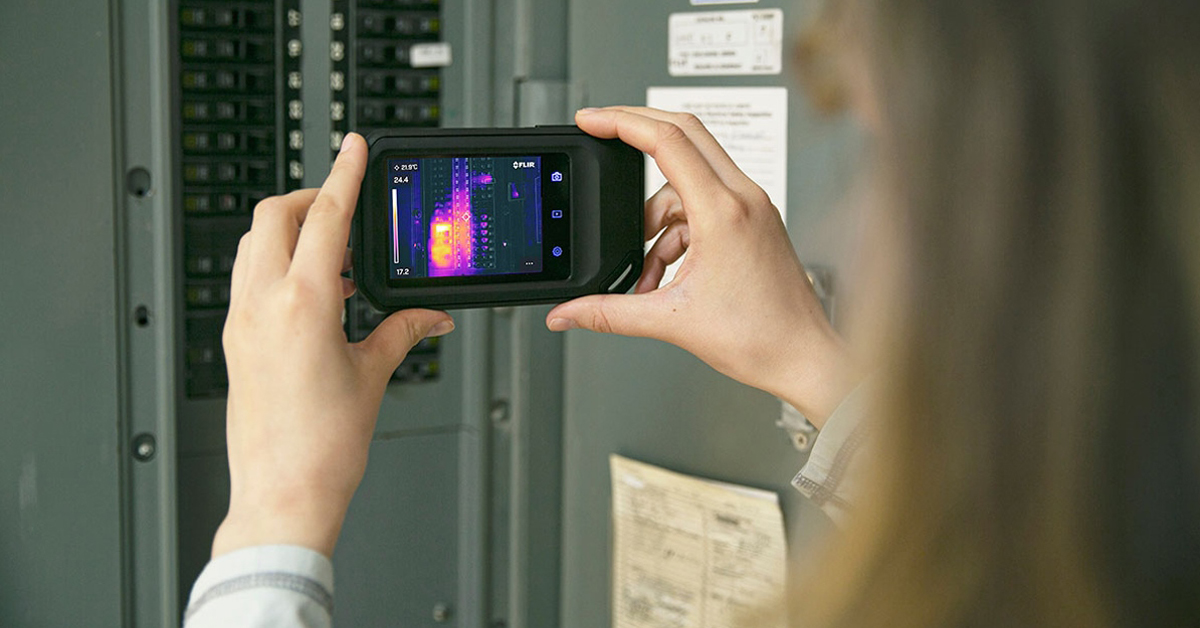
Which Cx-Series Camera Is Right for You?
.png)
What is MSX®?
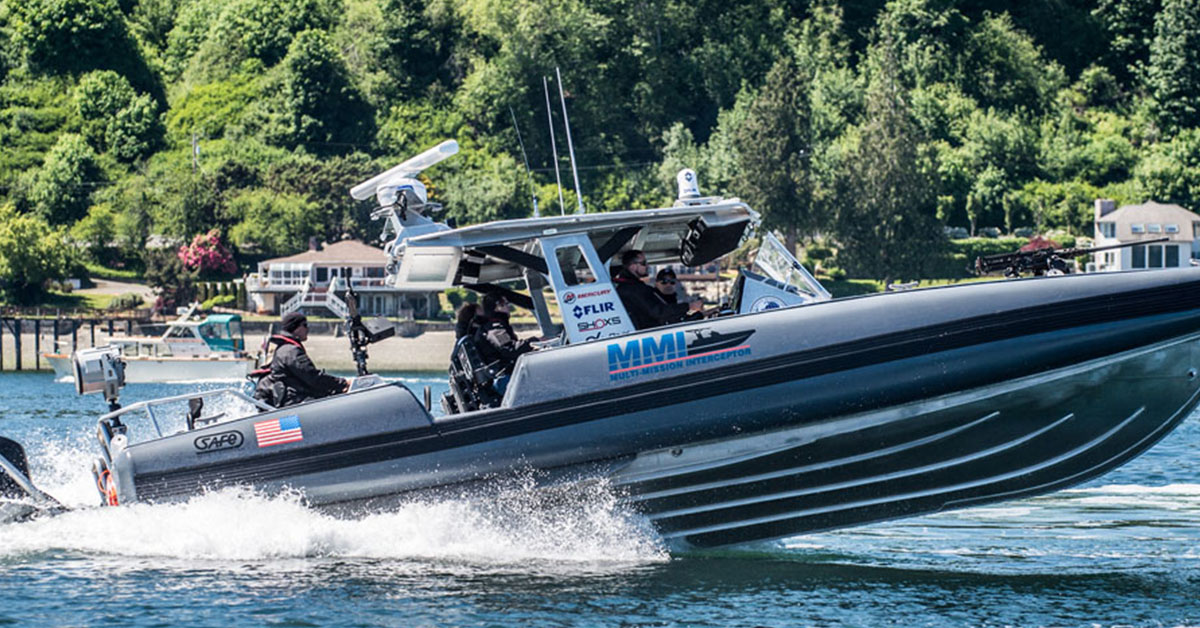
Five Reasons Maritime First Responders Need Thermal Imaging
.png)
3 Distinguishing Features of Superior Thermal Cameras
.png)
Determine Which Visible and Thermal Security Cameras You Need
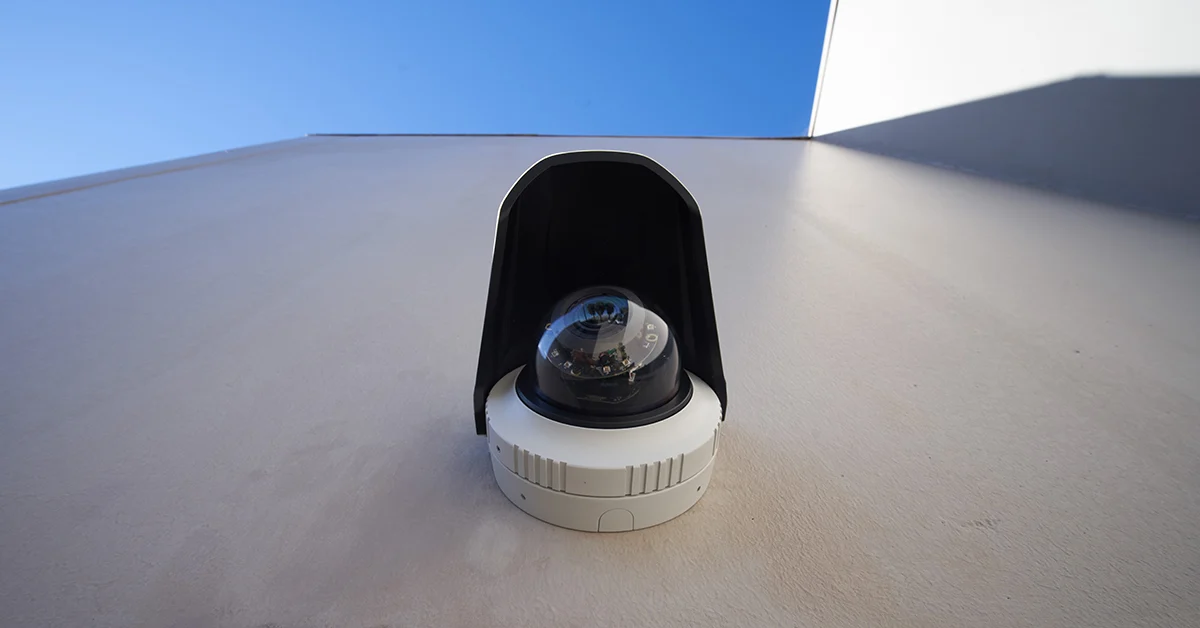
Bullet vs. PTZ vs. Dome: Which Security Camera Is Right for You?

Interfaces for Machine Vision

Machine Vision Sensor Review
.png)
Teledyne FLIR, the Industry Leader, Launches Boson +, a Long-Wave Infrared Thermal Imager Module with an Accuracy of Less Than 20 mK
.png)
Whitepaper: IP-Based Security Convergence
.png)
3 Technologies Transforming Safe Cities into Smart Cities
.png)
Insights from the Field: Ensuring Workplace Safety Using Thermal Camera Screening for Entry Control

Thermal Night Vision as a Force Multiplier

Can Thermal Imaging See Through Walls? And Other Common Questions
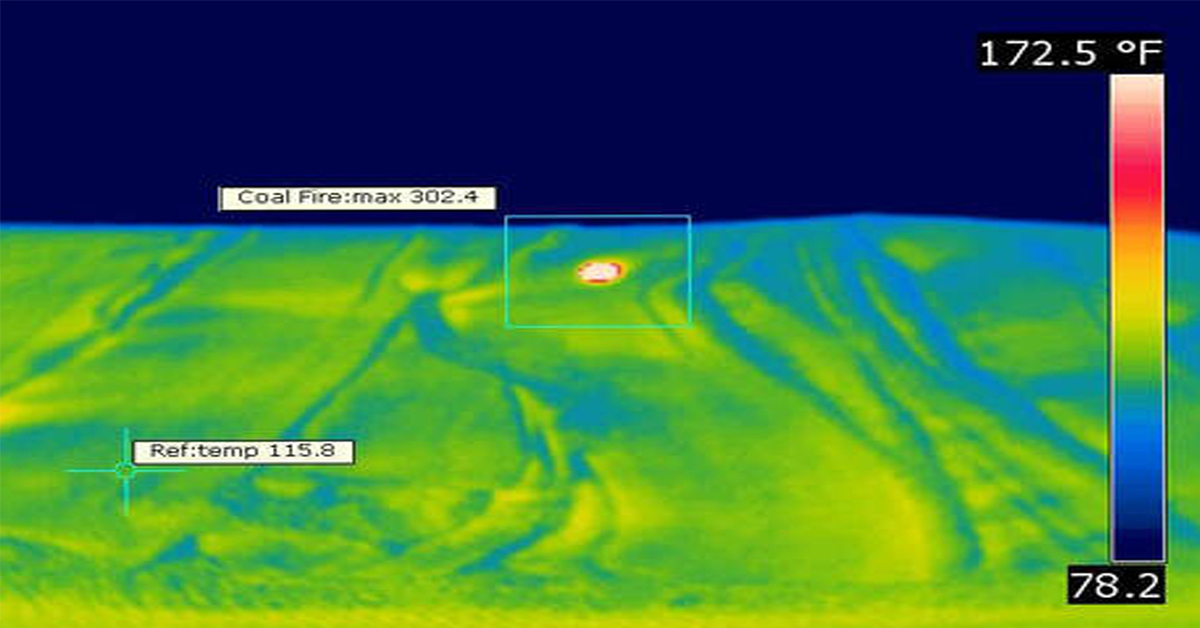
Application Spotlight: Early Fire Detection for Rapid Heat Generation

Protect Personnel and Equipment by Detecting Early Signs of Fire
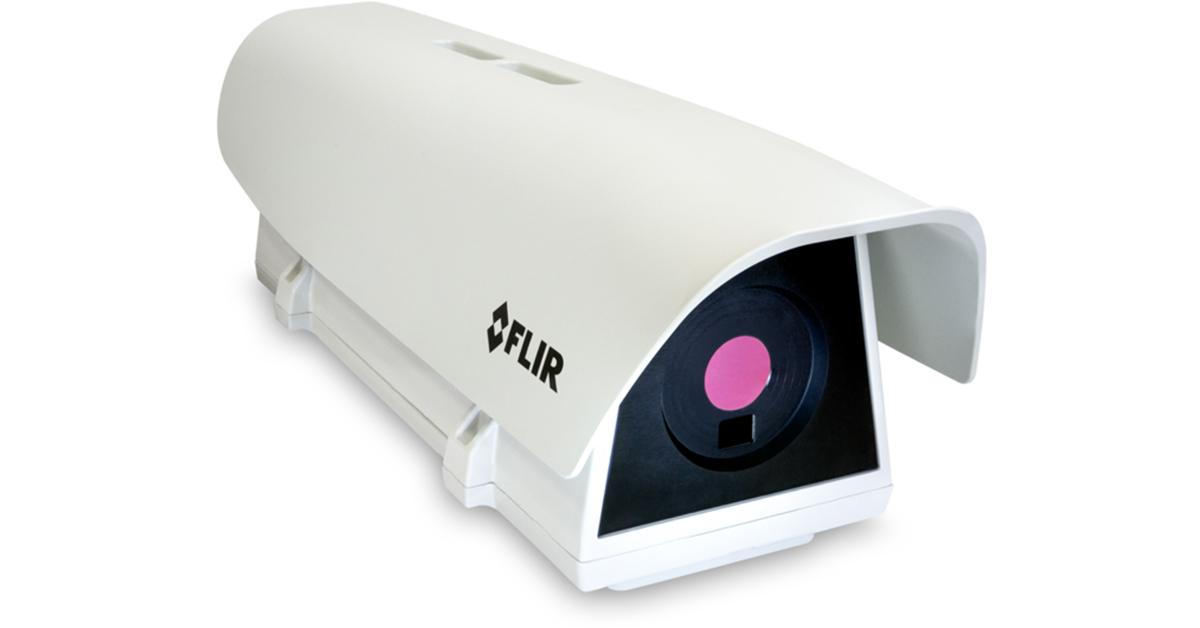
Teledyne FLIR Launches A500f/A700f Cameras for Fire Detection and Condition Monitoring
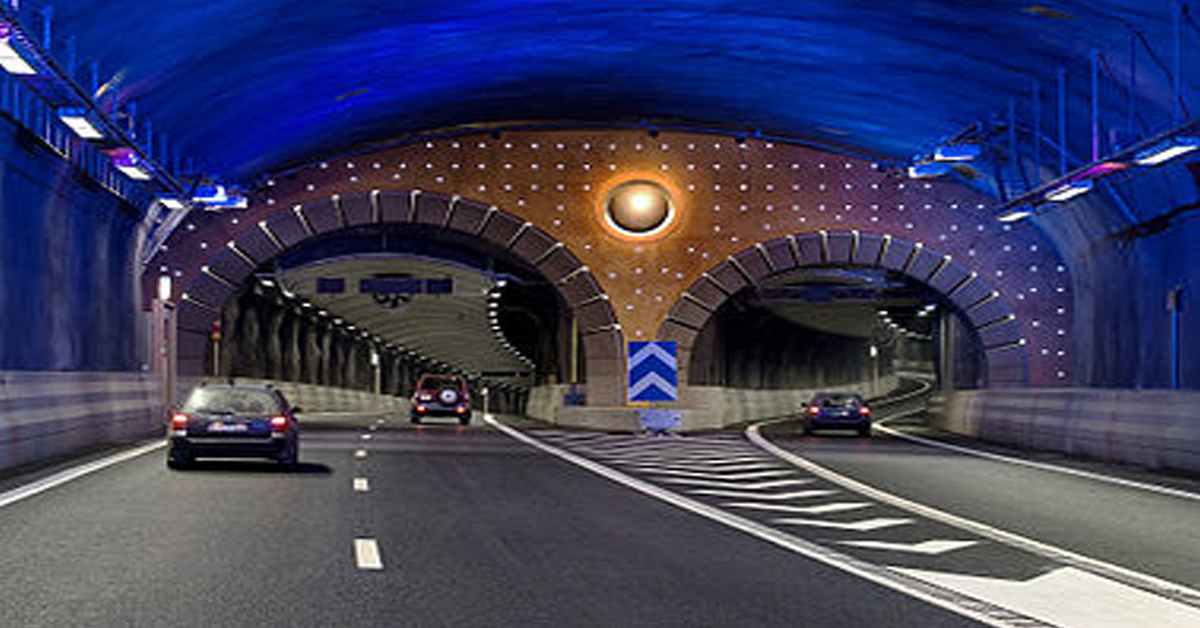
Thermal Imaging Cameras Help Guarantee Fire Safety in Tunnels
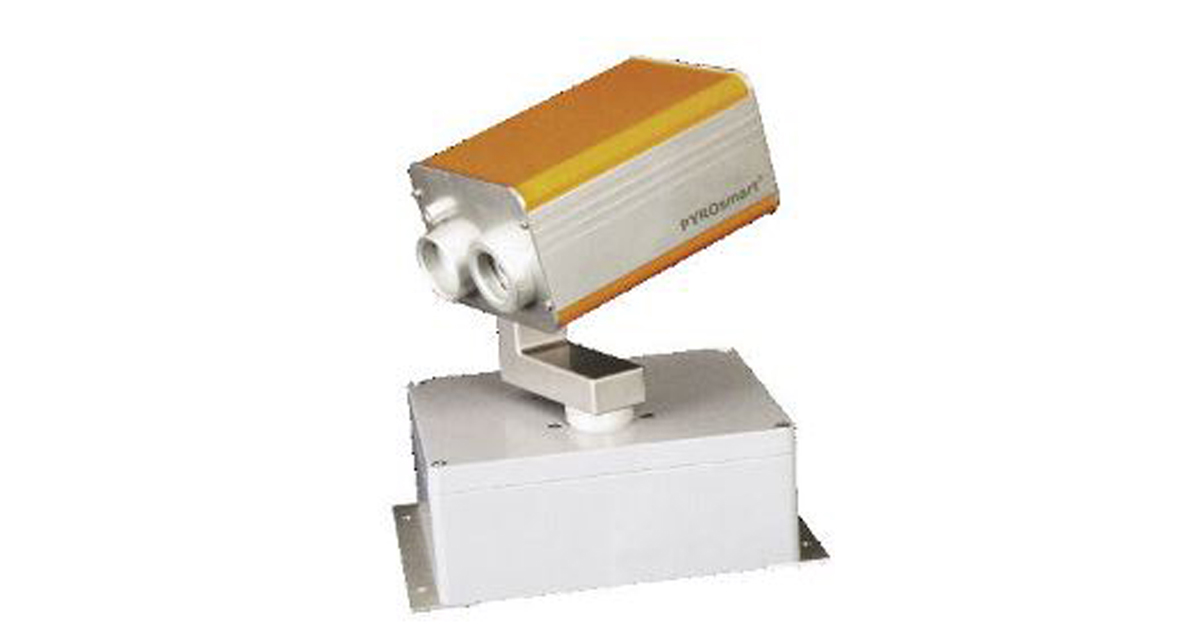
Thermal Imaging Cameras Help to Prevent Fires

ITS-Series Dual AID Surpasses Standards for Fire Detection Systems in Japan
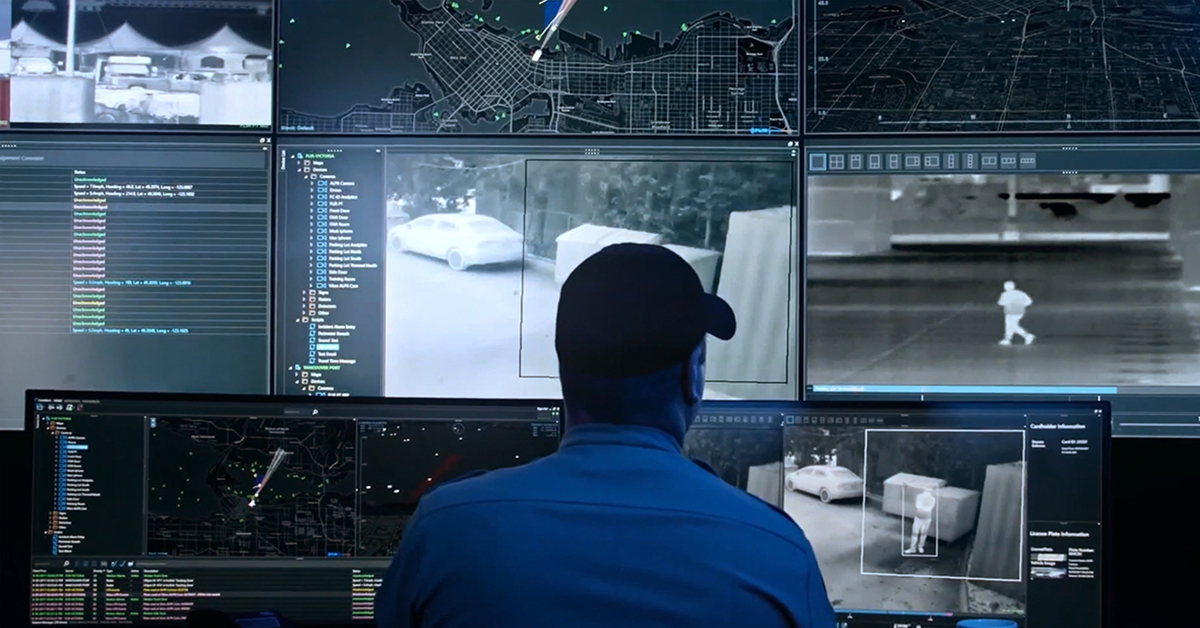
How Layering Multispectral PTZ Cameras and Radars Improve Perimeter Protection
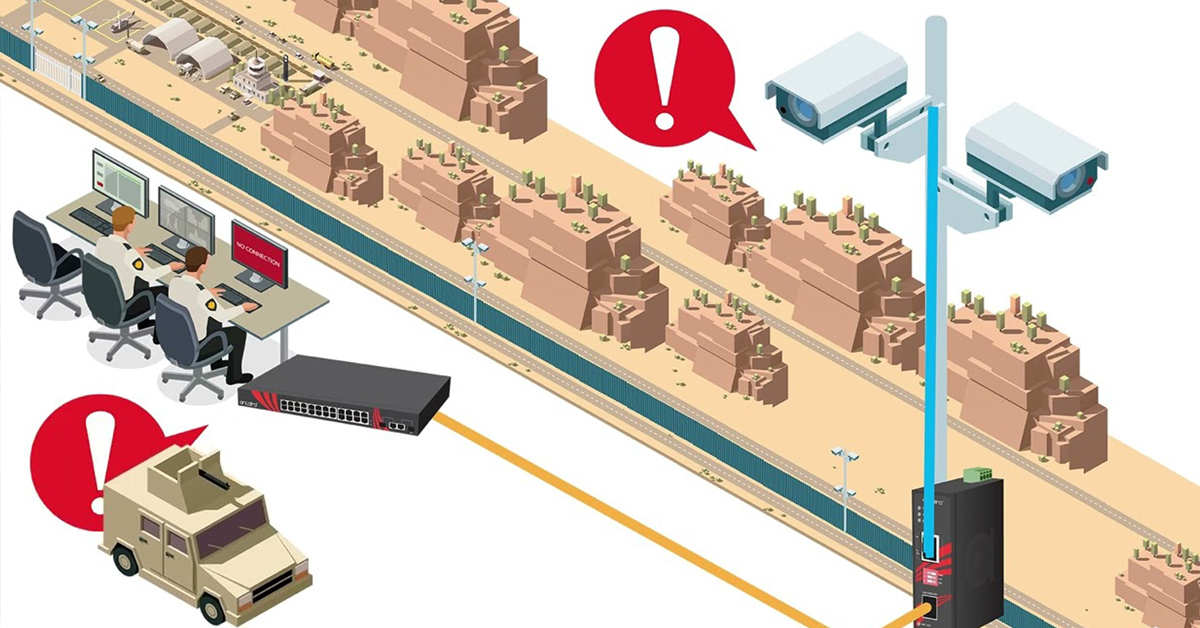
POWER REMOTE RESET TECHNOLOGY - PRRT

Why Yacht Owners are Adding Thermal Imaging Cameras to Minimise the Risk of Lithium-Ion Battery Fires?
.png)
Intelligent Transportation Systems

Best Practices Guide for Perimeter Security Applications

Protect Pedestrians, Bicyclists and More with Thermal Smart Sensors
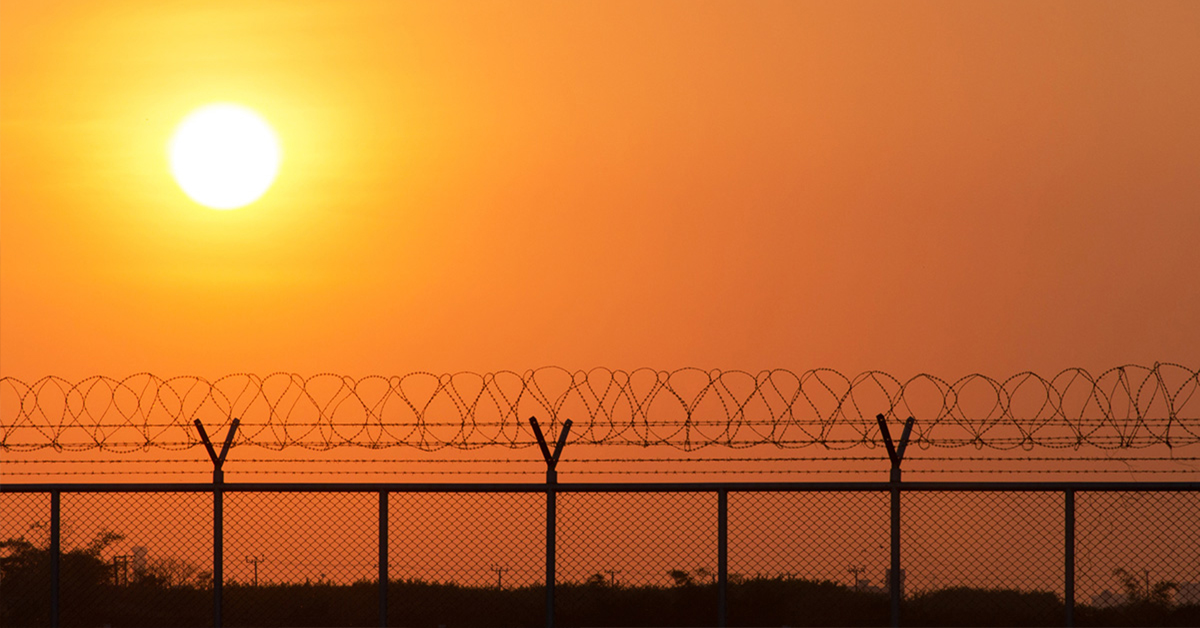
White Paper: Application of Ground-Based Security Radar to Perimeter Systems

What is Thermal Leakage and How to Reduce Its Risks
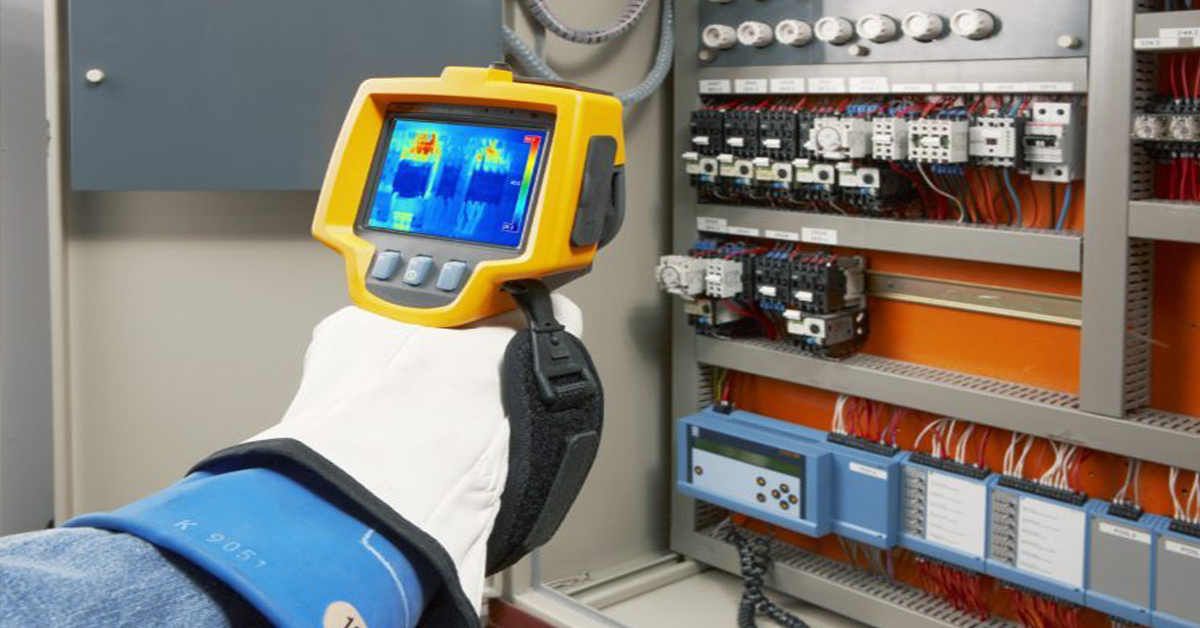
Battery Inspection Using Advanced Thermography

Providing ire Protection for Lithium Battery Storage
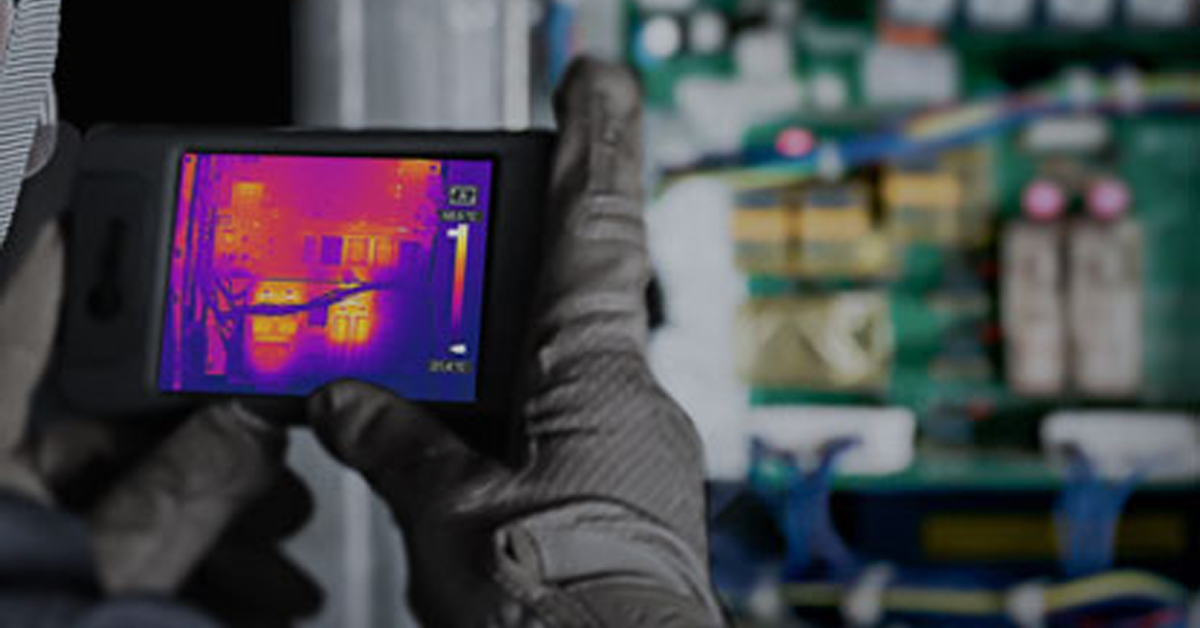
The Power of Thermal Imaging
.png)
Why Panel PCs Are Perfect For Industrial Applications?
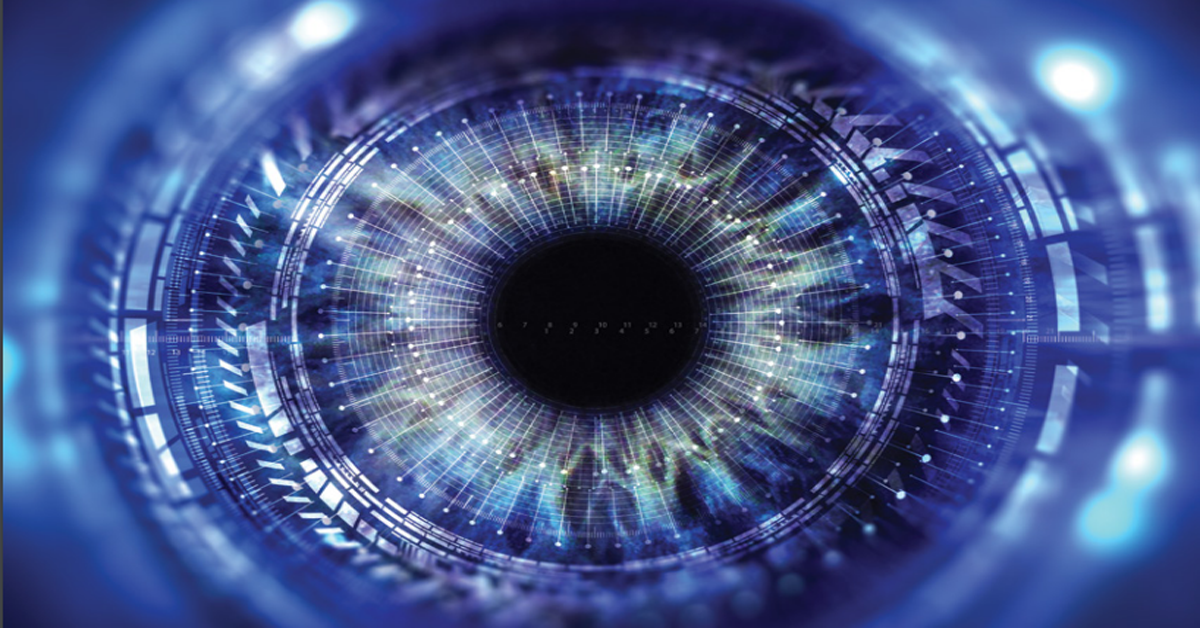
Teledyne DALSA
.png)
Advantages of Virtual Barrier Video Analytics for Perimeter Security Systems
.png)
.png)
NASA Takes the Teledyne FLIR Boson Thermal Camera Module Out of this World
.png)
Port Security Enhancement: DP World Yarımca's Trust in FLIR Security Solutions for Effective and Safe Port Operations
.png)
The Importance of Thermal Sensitivity (NETD) for Detection Accuracy
.png)
Bosphorus Boat Show 2025: The Meeting Point of the Maritime World

Application Spotlight: Critical Asset Monitoring for Thermal Conditions
.png)
Thermal Imaging for Marine Firefighting
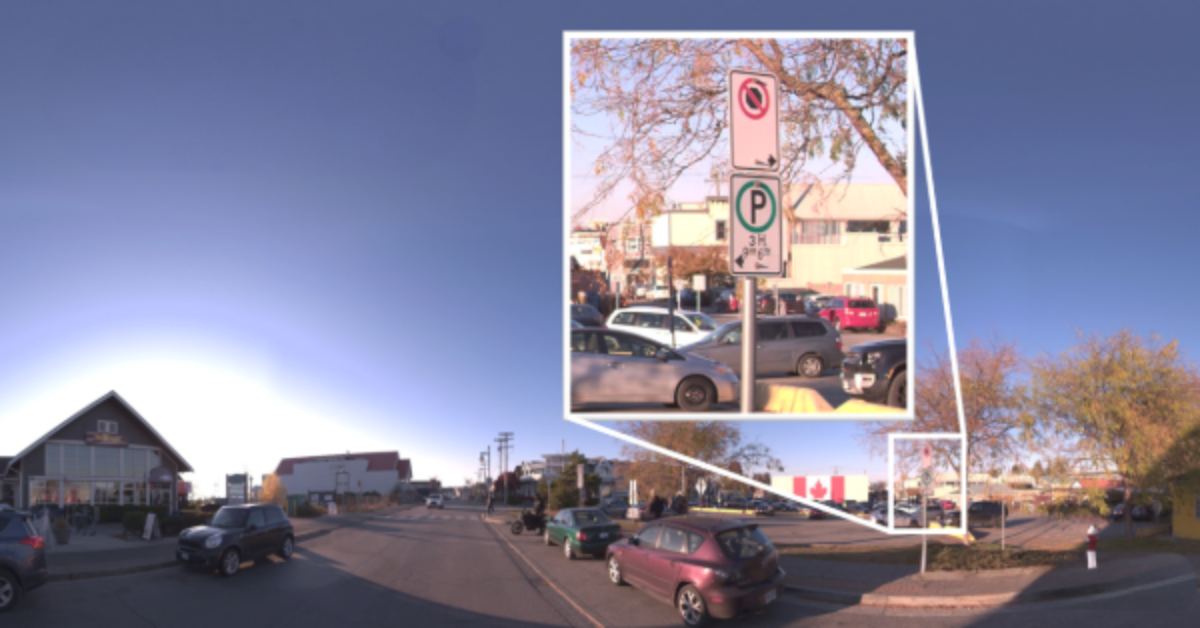
Imaging in Mobile Mapping
.png)
Using Thermal Imaging for Oil Spill Detection
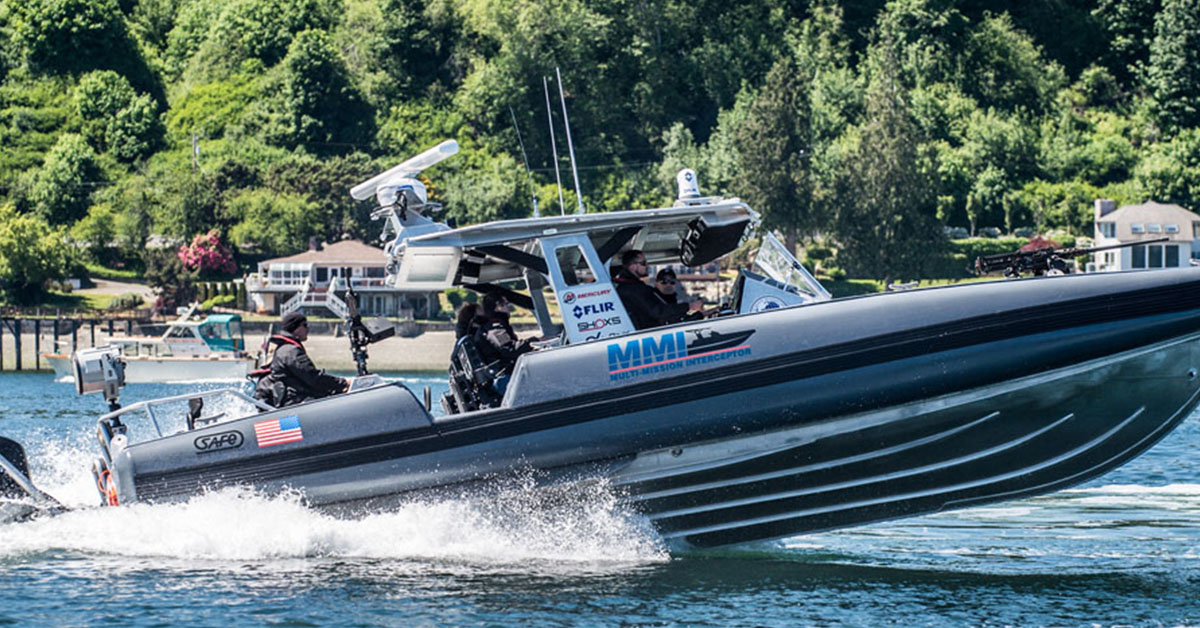
Five Reasons Maritime First Responders Need Thermal Imaging
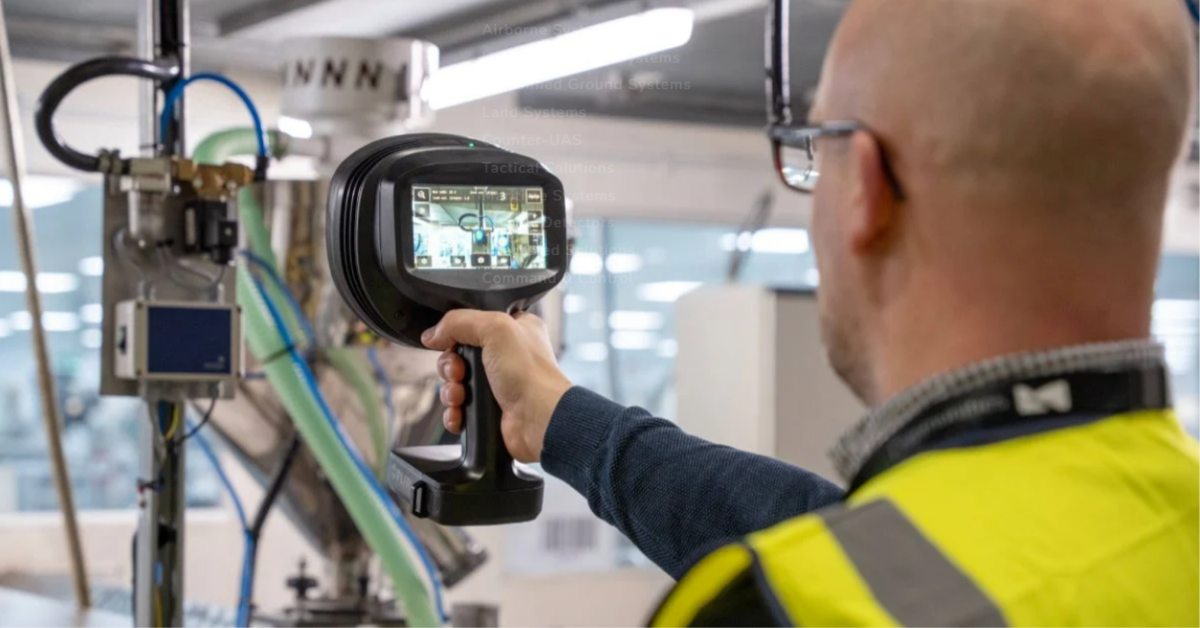
Case Study: Tackling Compressed Air Leaks in Automotive Parts Manufacturing with Acoustic Imaging
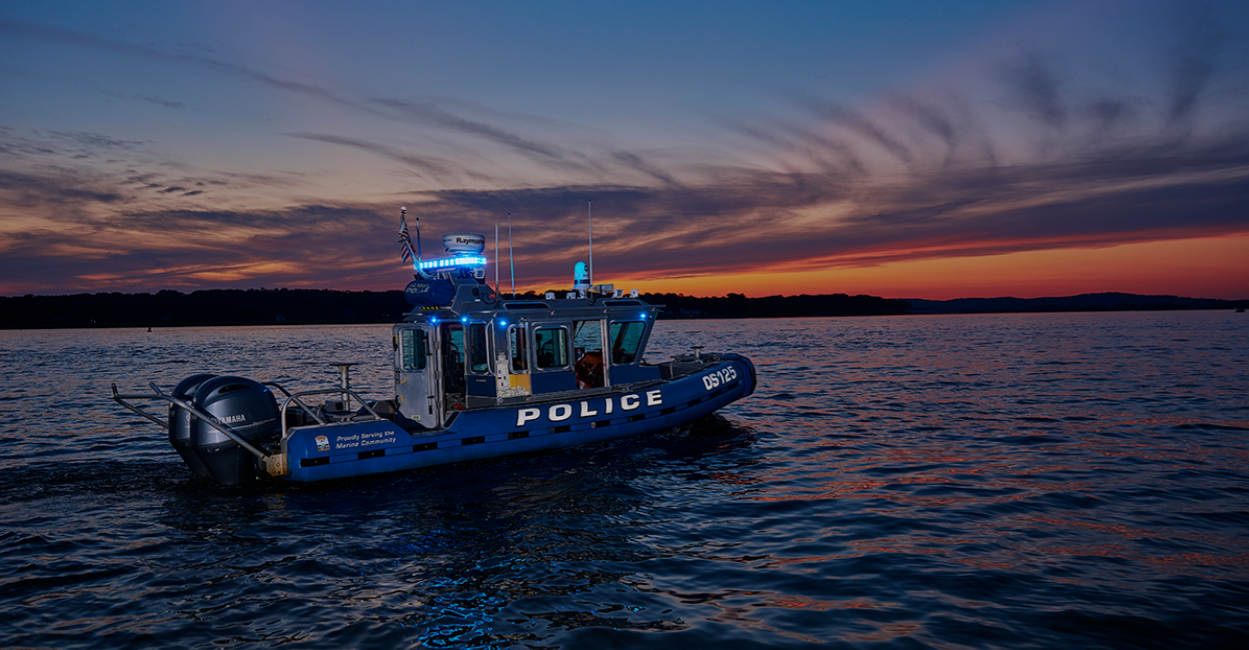
Thermal Night Vision as a Force Multiplier
.png)
Line Scan Contact Image Sensor - AxCIS
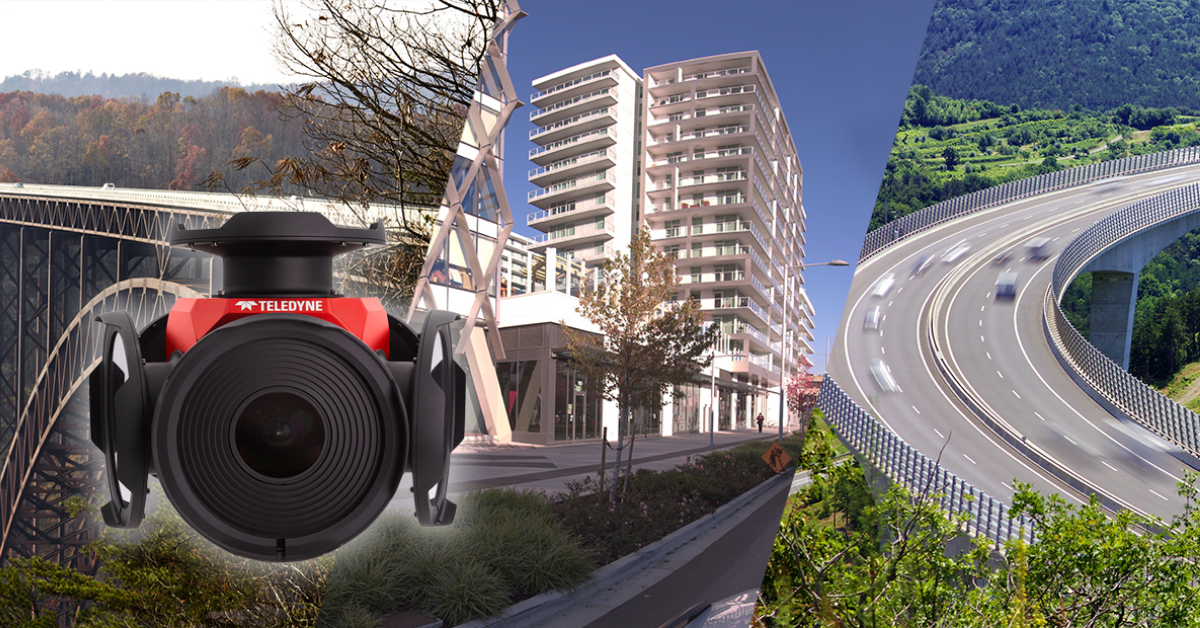
Beyond Resolution: What Really Makes a Camera System Work for Mobile Mapping
.png)
Multispectral Marine Cameras for USV Applications
.png)
Stabilizing FLIR Cameras for Smooth Viewing in Rough Waters
 (1).png)

